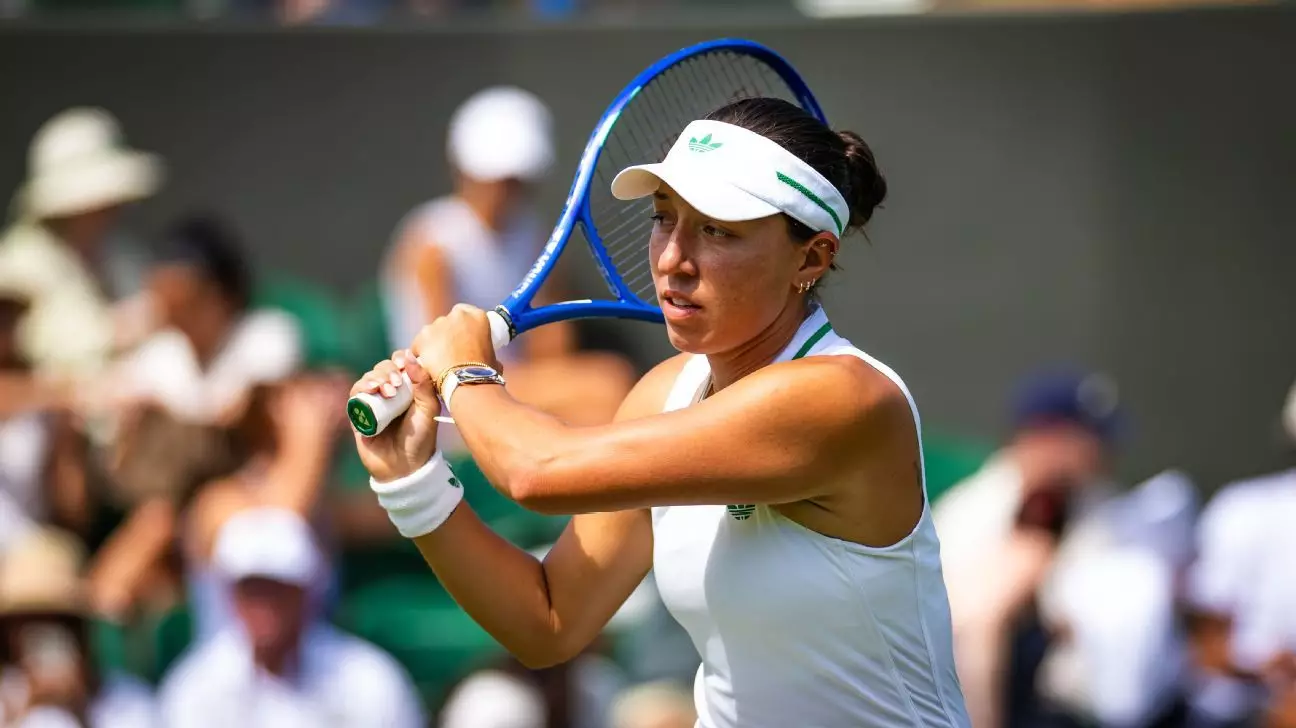The US Open’s latest iteration of the mixed doubles event has ignited both anticipation and debate within the tennis community. With the tournament now a condensed two-day showdown, the focus shifts sharply toward high-profile players, promising a spectacle that balances star power with competitive stakes. The inclusion of renowned singles players partnering in a format that emphasizes marquee matchups amplifies the event’s allure, but it also raises questions about the integrity and competitive depth of the competition.
What makes this edition particularly notable is the influx of top-tier talent leveraging their doubles prowess. The tournament’s structure, which privileges players with strong singles rankings to form new partnerships, aims to create a more glamorous and marketable spectacle. Yet, this approach risks diluting the traditional charm of doubles, which often relies on building chemistry and tactical synergy over time. Instead, the event is becoming a rapid-fire showcase of the sport’s biggest stars, possibly at the expense of developing genuine doubles specialists’ visibility and development.
The Impact of Last-Minute Changes
Recent withdrawals have significantly reshaped the tournament landscape. Jessica Pegula, last year’s US Open women’s finalist, was initially slated to team up with American Tommy Paul. After her partner withdrew, Pegula found herself partnering with Jack Draper, a move that has stirred considerable interest. Similarly, Jannik Sinner, the world’s top-ranked male player, faced a partner shuffle when Emma Navarro opted to compete elsewhere, prompting Sinner to seek a new teammate before the deadline. These last-minute changes underscore the volatile nature of the event, where stars are navigating uncertainties with agility, yet sometimes at the cost of familiarity and team cohesion.
The drama surrounding these adjustments reveals a broader tension: Should the event prioritize star power, or should it preserve elements of traditional doubles dynamics? The fact that new pairings are still achievable just before the draw deadline allows for strategic flexibility, but also underscores a level of chaos that could hinder the event’s legitimacy or viewer engagement. Critics may argue that this format’s emphasis on rapid pairings sacrifices the nuance and depth that make doubles uniquely compelling.
Controversy and Criticism of the Format
While the tournament’s revamped, high-profile format promises excitement, it is not without controversy. The decision to streamline the event into a shorter, two-day contest, heavily populated by singles stars, has been met with skepticism from some traditionalists and former champions. Sara Errani and Andrea Vavassori, defending champions, expressed discontent with the new model, suggesting it undermines the spirit of deeper collaboration that characterizes classic doubles.
This shift can be viewed as a gamble—one that could either elevate the event’s visibility or diminish its authenticity. The inclusion of wild card teams featuring tennis legends like Venus Williams and Novak Djokovic further blurs the lines between competitive integrity and entertainment spectacle. While these pairings add star power, they may not reflect the same level of team cohesion seen in established doubles teams, risking an uneven playing field.
In an era where the sport increasingly prioritizes global markets and television ratings, the US Open’s bold experiment might be justified. Yet, it also risks alienating purists who cherish the nuanced, strategic interplay that has historically defined doubles tennis. Whether this new format will emerge as a pioneering success or a fleeting trend remains to be seen, but one thing is clear: the event’s outcome will significantly influence the future shape of mixed doubles at grand slams.

